Ontdek & leer
Prowise op Facebook

Loading...
Lessen
Welkomstpagina/dagstarter

Loading...
Lessen
Lesinspiratie op Facebook

Loading...
Lessen
Sjabloon EDI-model
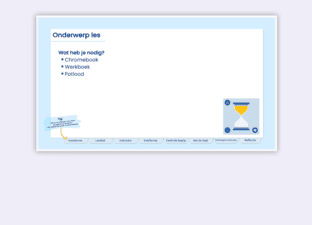
Loading...
Lessen
Dagstarter wetenschap & techniek

Loading...
Lessen
Welkomstpagina cactus
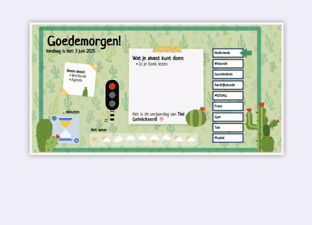
Loading...
Lessen
Dagstarter verkeer

Loading...
Lessen
Dagstarter alpaca

Loading...
Lessen
Dagstarter Onderwaterwereld

Loading...
Lessen
Zomer

Loading...
Lessen
Soundbox

Loading...
Activiteit
Lessen
Strandzoektocht

Loading...
Activiteit
Lessen
Prowise Kleuters

Loading...
Activiteit
Lessen
Insecten

Loading...
Les
Lessen
Zomerspelletjes

Loading...
Activiteit
Lessen
Vlinders

Loading...
Les
Lessen
Rekenen met ijsjes (2)

Loading...
Les
Lessen
Bruggen

Loading...
Les
Lessen
Water

Loading...
Les
Ontdek & leer
Registeren Prowise Presenter
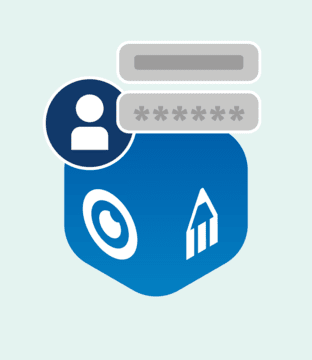
Loading...
Ontdek & leer
Prowise in het onderwijs

Loading...
Ontdek & leer
Presenter Tools Klassenmanagement

Loading...
Tool
Lessen
Wie is het? - Leeg sjabloon

Loading...
Spel
Lessen
Spel Dobble - winter

Loading...
Spel
Lessen
Houdingen memory

Loading...
Spel
Lessen
Kampeerspel
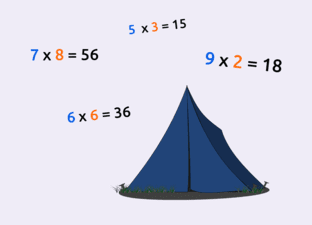
Loading...
Spel
Lessen
Vier op een rij
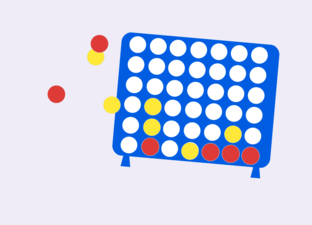
Loading...
Spel
Lessen
Kraanwaterdag

Loading...
Activiteit
Lessen
Wie is het? - Mensen of dieren

Loading...
Spel
Lessen
Ren je rot!

